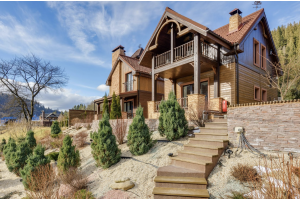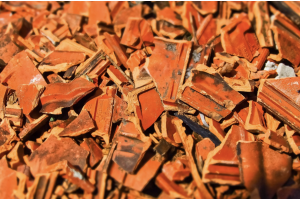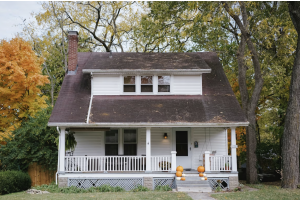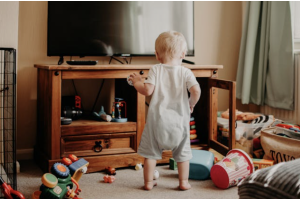Get Your Home Ready for Winter: Key Things to Inspect Now
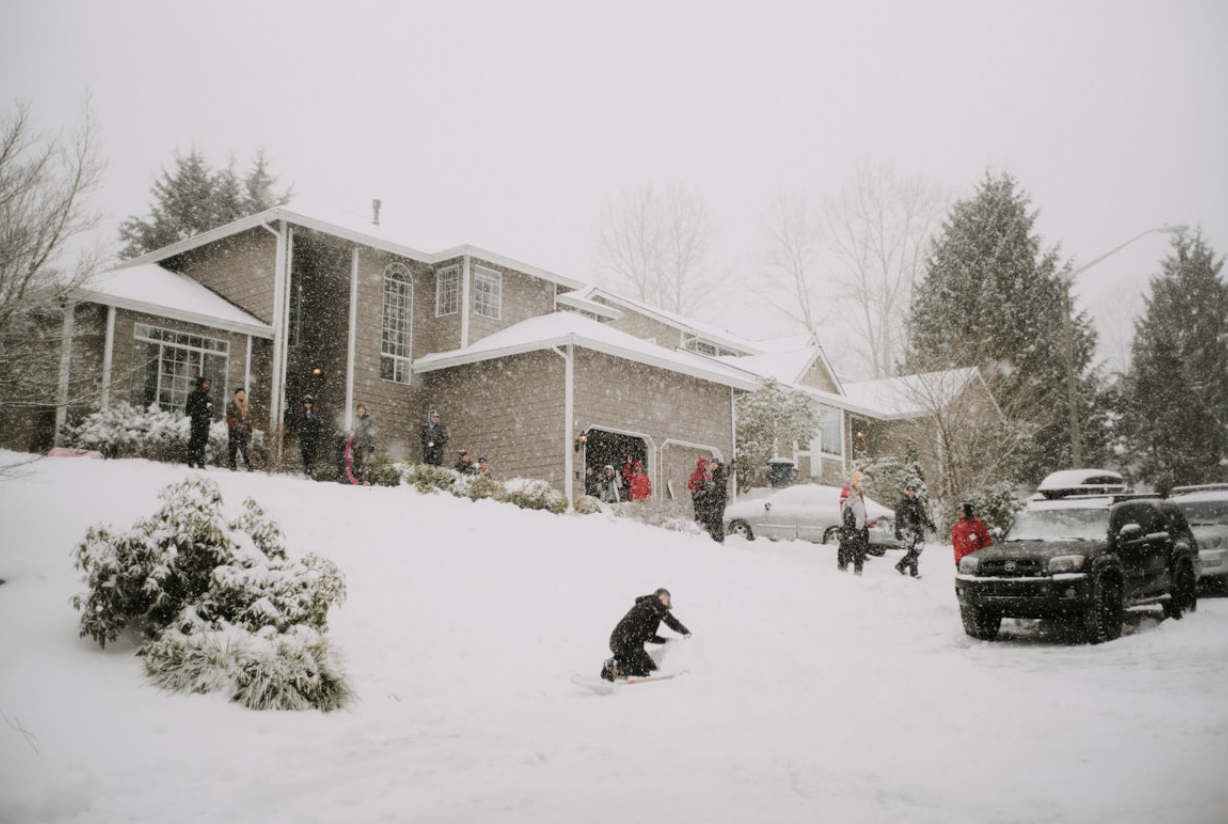
Preparing your home for the colder months is one of the most effective ways to save energy, prevent costly repairs, and keep your family comfortable. As temperatures drop, small maintenance tasks can make a big difference in how efficiently your home performs. Whether it’s sealing drafts, inspecting heating systems, or checking insulation, each step contributes to warmth and safety through the season.
A winter-ready home is not just about staying warm, it’s about protecting the property from potential damage caused by ice, moisture, and fluctuating temperatures. By addressing issues before the first frost arrives, homeowners can enjoy a stress-free season while avoiding emergency repairs in the middle of winter.
Inspecting Heating and Cooling Systems
Your heating system will be working overtime during the winter, so ensuring it’s in peak condition is crucial. Schedule a professional tune-up to inspect the furnace or boiler, clean components, and test for efficiency. Changing filters before the season begins helps maintain airflow and indoor air quality.
For homes with central air systems, winter is a good time to evaluate HVAC performance. If you’ve recently upgraded your home or made energy improvements, it may be beneficial to get your AC installed or replaced before the next summer season, while temperatures are still cool. Having both heating and cooling systems properly maintained ensures balanced performance year-round.
Thermostat calibration is another key factor. Programmable or smart thermostats can automatically adjust temperatures based on occupancy, reducing energy waste. By optimizing your HVAC systems now, you’ll stay warm in the winter and prepare for a smoother transition when warmer weather returns.
Checking Insulation and Sealing Air Leaks
Proper insulation is one of the most effective defenses against heat loss. Even a small gap around a window or door can significantly increase heating costs. Inspect attic insulation to ensure it covers evenly without gaps, and consider upgrading if it’s thin or outdated.
Weatherstripping around windows and doors should be replaced if it’s cracked or loose. Caulking around frames prevents cold air from entering and keeps warm air from escaping. Homeowners can use an infrared thermometer or a thermal camera to detect hidden drafts in walls and ceilings.
Pay special attention to areas where pipes, vents, or electrical outlets penetrate the exterior walls. Sealing these gaps prevents energy loss and helps maintain a consistent indoor temperature. This attention to detail contributes to both comfort and long-term efficiency.
Examining Roofs, Gutters, and Attics
A well-maintained roof is crucial for preventing winter leaks and ice buildup. Missing shingles, loose flashing, and damaged underlayment can all allow water infiltration, which may freeze and expand, causing further deterioration. Inspecting the roof before heavy snowfall ensures it’s in good condition to handle the extra weight.
Clean gutters and downspouts to prevent blockages. When water can’t drain properly, it freezes into ice dams that damage both the roof and interior ceilings. Attic ventilation is important, balanced airflow prevents condensation and helps regulate roof temperature, reducing the risk of ice formation.
For added protection, consider installing gutter guards and adding insulation to the attic floor. This combination keeps heat inside where it belongs and protects the roof structure from unnecessary stress.
Testing Plumbing and Water Systems
Frozen pipes are among the most common and costly winter problems. To prevent this, inspect exposed pipes in basements, garages, and crawl spaces. Adding insulation sleeves or heat tape provides an extra layer of protection.
Outdoor faucets should be drained and shut off before freezing weather arrives. Garden hoses must be disconnected, and irrigation systems should be winterized to avoid burst lines.
Maintaining Windows, Doors, and Exterior Finishes
Windows and doors are responsible for a large portion of heat transfer in most homes. Check for broken seals, cracked panes, or warping in frames. Double-pane or energy-efficient windows significantly improve insulation and comfort. Applying a layer of window film can provide extra thermal protection for older glass.
Exterior siding, trim, and paint should be inspected for signs of peeling, rot, or damage. Repairing these small issues prevents moisture intrusion that could worsen with freezing and thawing cycles. If you notice gaps or soft spots in wooden trim, it’s best to address them before the season begins.
Reviewing Safety Systems and Emergency Supplies
Cold weather increases the risk of certain household emergencies, so safety checks should be part of every winter preparation routine. Smoke and carbon monoxide detectors should be tested, and batteries replaced. Since heating systems and fireplaces run more frequently during winter, early detection of gas or smoke hazards is vital.
Fire extinguishers should be easily accessible, and chimneys or flues must be cleaned to prevent buildup that could cause fires. Families should review their emergency plans, knowing where shut-off valves and breaker boxes are located can prevent serious damage during sudden system failures.
A successful winter preparation plan combines proactive inspections, preventive maintenance, and small upgrades that add up to major improvements in comfort and efficiency. By addressing heating systems, insulation, roofs, and safety features now, homeowners can avoid the stress of unexpected repairs later. Preparing early ensures that when winter weather arrives, your home remains warm, safe, and ready for the season ahead.


